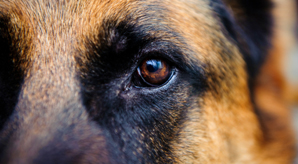
Ophthalmology
Cataracts, You and Your Pet
Watch this video from the American College of Veterinary Ophthalmologists to learn more about cataracts and your pet.

Contact Ophthalmology
Appointments:
(970) 297-5000
Consults & Referrals:
(970) 297-4136